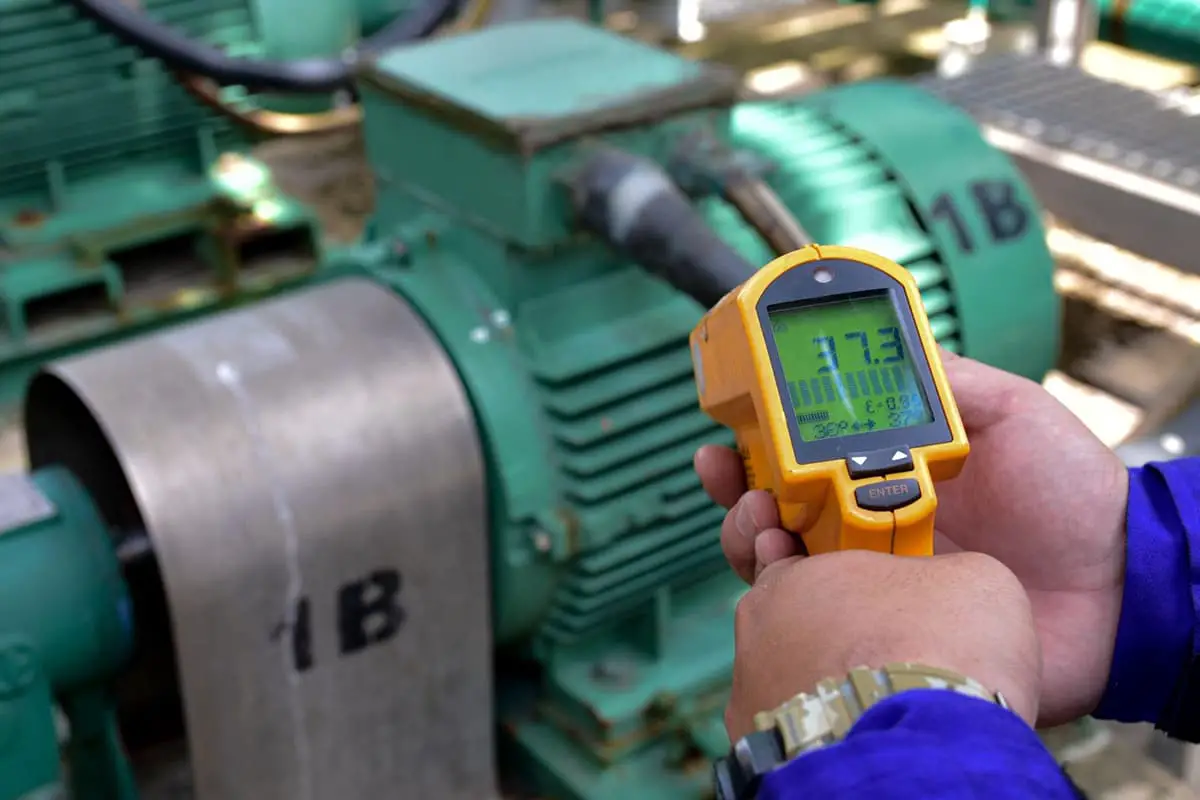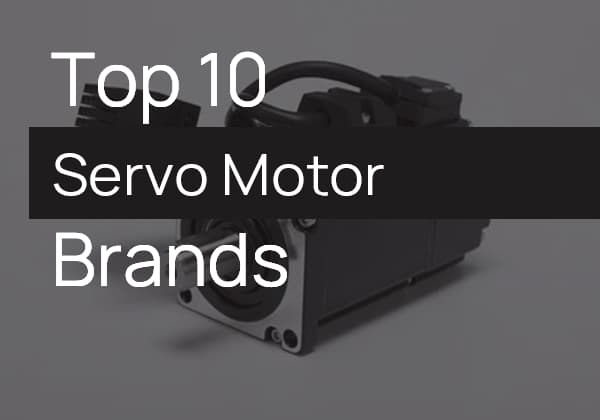
How do you keep crucial lubricants from leaking and causing damage in machinery? Skeleton oil seals might just be the unsung heroes of industrial maintenance. These seals play a vital role in isolating lubricated components from contaminants, ensuring smooth operation and longevity. In this article, we delve into the construction, functionality, and maintenance of skeleton oil seals, offering insights on their critical importance and practical usage. Discover how these seals maintain efficiency and prevent costly downtimes in mechanical systems.
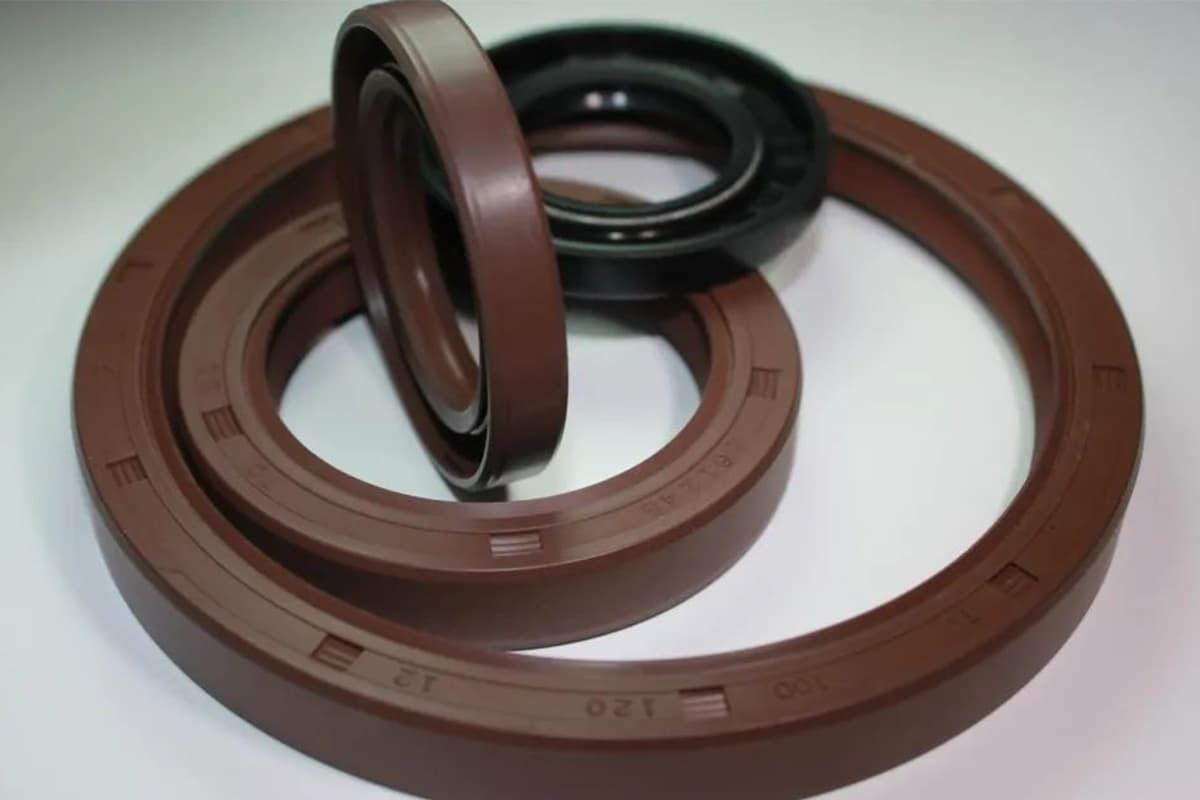
A skeleton oil seal is a typical representative of oil seals, often referred to simply as an oil seal.
The role of an oil seal is generally to isolate the parts that need lubrication in the drive components from the output components, to prevent leakage of lubricating oil.
The skeleton is like the reinforcement in concrete components, it plays a strengthening role and allows the oil seal to maintain its shape and tension.
The structure of a skeleton oil seal consists of three parts: the oil seal body, the reinforcement skeleton, and the self-tightening spiral spring.

The seal body is divided into different parts such as the bottom, waist, blade edge, and sealing lip, according to the different positions. Typically, in the free state, the inner diameter of the skeleton oil seal is smaller than the shaft diameter, that is, it has a certain “interference”.
Therefore, after the oil seal is installed on the oil seal seat and the shaft, the pressure of the oil seal blade edge and the contraction force of the self-tightening spiral spring exert a certain radial force on the shaft.
After a period of operation, this pressure will quickly decrease or even disappear. Therefore, the spring can compensate for the self-tightening force of the oil seal at any time.
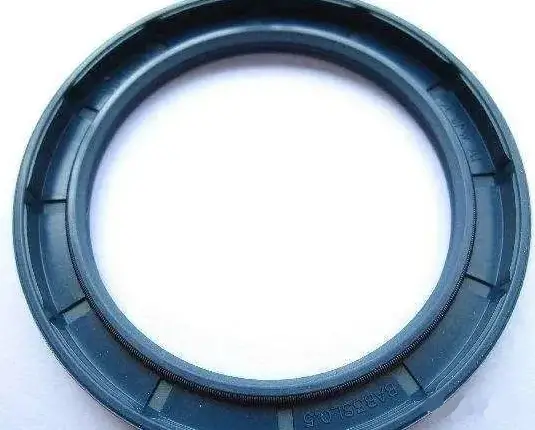
Sealing Principle: Due to the oil film controlled by the seal edge between the oil seal and the shaft, this film exhibits fluid lubrication characteristics. Under the action of the skeleton oil seal, the stiffness of the oil film forms a crescent surface at the contact end with air, preventing the leakage of the working medium and thus achieving the sealing of the rotating shaft. The sealing ability of the oil seal depends on the thickness of the seal surface oil film.
If the thickness is too large, the oil seal leaks; if it’s too small, dry friction may occur, causing wear to the oil seal and shaft. If there is no oil film between the sealing lip and the shaft, this can easily cause overheating and wear.
Therefore, during installation, oil must be applied to the sealing ring while ensuring that the skeleton oil seal is perpendicular to the axis. If not perpendicular, the sealing lip of the oil seal will drain the lubricating oil from the shaft, also leading to excessive wear of the sealing lip.
During operation, a small amount of lubricant seeps out from the inside of the housing to achieve an ideal state of oil film formation at the sealing surface.
The general function of the skeleton oil seal is to isolate the components that need lubrication from the output components in the transmission parts, so as not to allow the lubricating oil to leak. It is commonly used for rotating shafts and is a type of rotating shaft lip seal.
The skeleton is like the rebar in concrete components, playing a reinforcing role and enabling the oil seal to maintain its shape and tension. There are internal and external exposed skeleton oil seals. Skeleton oil seals are made from high-quality nitrile rubber and steel plates. They are stable in quality and have a long service life.
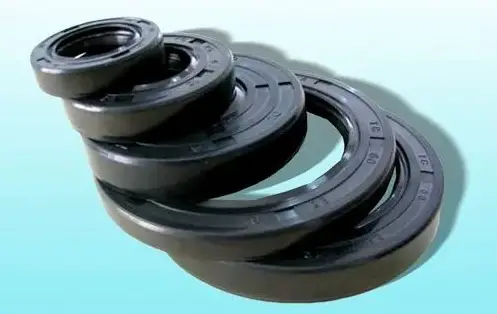
When using oil seals properly, the following points should be considered:
1) Due to design and structural reasons, high-speed shafts should use high-speed oil seals, while low-speed shafts should use low-speed oil seals. It is not advisable to use low-speed oil seals on high-speed shafts, and vice versa.
2) In high-temperature environments, polyurethane, silicone, fluorine, or fluorosilicone rubber should be chosen. Efforts should be made to reduce the oil temperature in the tank. In extremely low-temperature conditions, cold-resistant rubber should be used.
3) Regular oil seals have poor pressure bearing capabilities, and they may deform under excessive pressure. Under such conditions, pressure-resistant support rings or reinforced pressure-resistant oil seals should be used.
4) If the eccentricity during installation of the oil seal and shaft pairing is too large, the sealing quality will deteriorate, especially at high shaft speeds. If the eccentricity is excessive, a “W”-shaped cross-section oil seal can be used.
5) The surface smoothness of the shaft directly affects the lifespan of the oil seal. The smoother the shaft, the longer the lifespan of the oil seal.
6) It is important to ensure that there is a sufficient amount of lubricating oil at the lip of the oil seal.
7) Special attention should be paid to prevent dust from infiltrating the oil seal.

